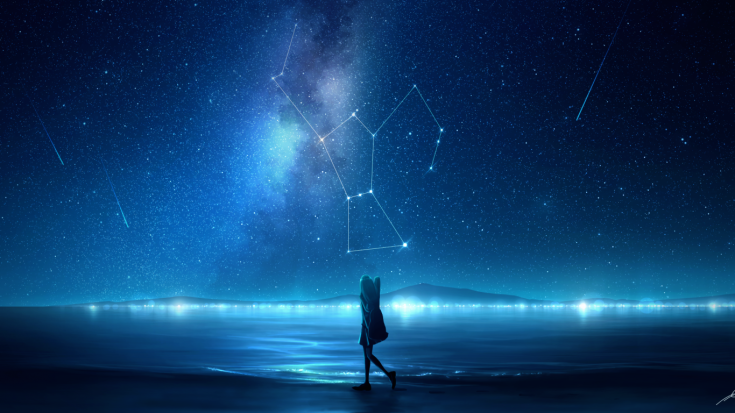
Last time I touched upon the night sky, I spoke about the Vietnamese constellations and the various shapes that we saw when we looked up into the sky. Today, I’m going to switch back to more familiar ground, the western constellations that we are familiar with, to address a situation that has been unfolding at a fast clip.
The sudden fading of Betelgeuse
 I am switching back because Orion may be well-formed to the western eye, but for Asians, it doesn’t even get its own constellation.
I am switching back because Orion may be well-formed to the western eye, but for Asians, it doesn’t even get its own constellation.
It is located half way between the Red Bird (phoenix) and the White Tiger (kỳ lân) constellations. At the most, we call it Three Stars, which doesn’t even have much to do with Betelgeuse. To simplify things, I will be referring to the Betelgeuse that is part of Orion.
Now, I may not know too much about the various shapes that constellations make or where to find them, but I can always find Orion. Orion is one of the most (if not the most) easily identifiable constellation in the northern sky because of its three very distinct belt.
We now know that those three belts aren’t really three stars at all but rather six stars, all dancing around their respective partners. They are very interesting in and of themselves, but today, I don’t have time to talk about them. I want to focus on Betelgeuse. Latest word on Orion is that strong-man Betelgeuse, his right shoulder star, has dimmed considerably.
According to Spaceweather.com, we are seeing very strange activity coming from Betelgeuse.
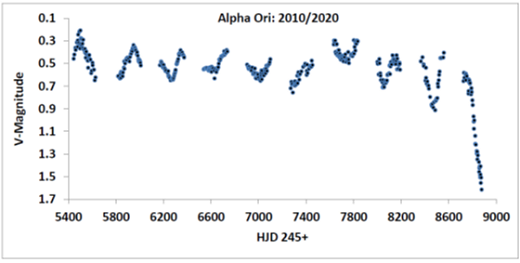
See that sharp fall off the V-Magnitude cliff? That’s Betelgeuse suddenly losing its light…almost like a death rattle, but we won’t know for sure if it actually given up the ghost until February 21, when it is expected that Betelgeuse will rise back up the V-M.
As of today, February 11, 2020, we have about ten days to possibly see something quite amazing. If it happens, it’s still an unusual event because it dipped down so far, but at least Orion still has his shoulder. If it doesn’t, it will go BOOM and then we may be seeing an entirely new constellation.
I am including an image of the actual constellation because the anime image up above is just for looks and doesn’t include all the stars of Orion. So here is Orion, with the largest of its stars, Betelgeuse.
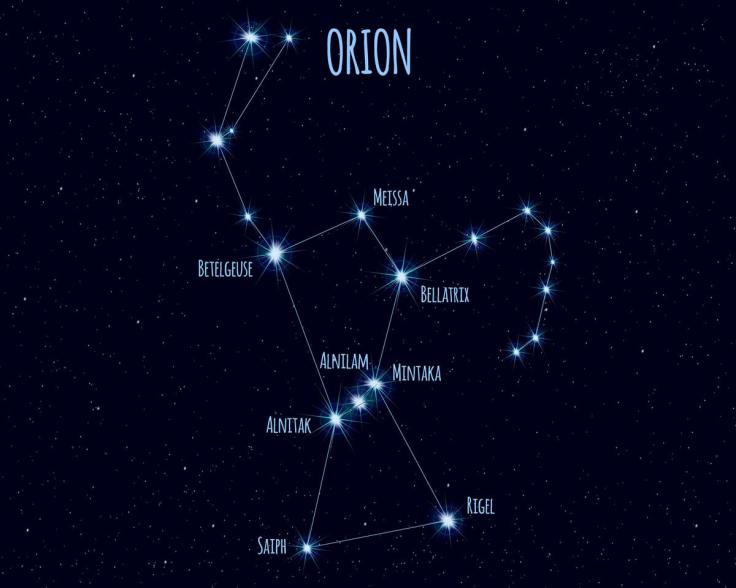
If we took out Betelgeuse, it would look like this.
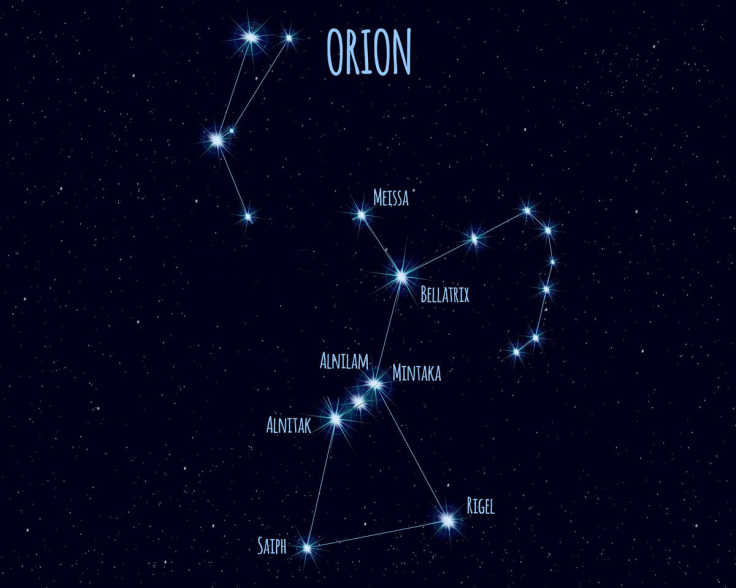
For a cosmic joke, it’s quite hilarious. You go from a guy holding a bow and arrow in the sky, to a guy being thrown off a mechanical bull or a bucking bronco. Orion’s belt can now be called Orion’s saddle, and the constellation itself can now be called Orion’s Fall.
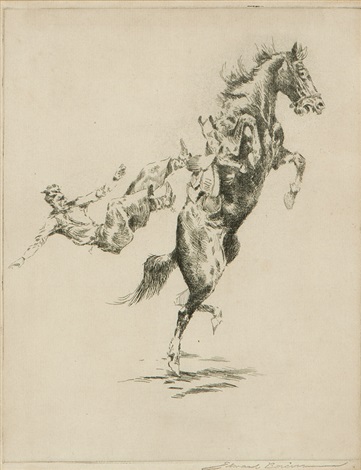
…


Ah space, is punny.
LikeLike
I saw an article that said Betelgeuse might just be being dusty for the moment.
https://www.universetoday.com/145334/it-looks-like-betelgeuse-was-dimming-because-it-was-dusty-after-all/
I don’t know either way, I wonder what will happen.
LikeLike